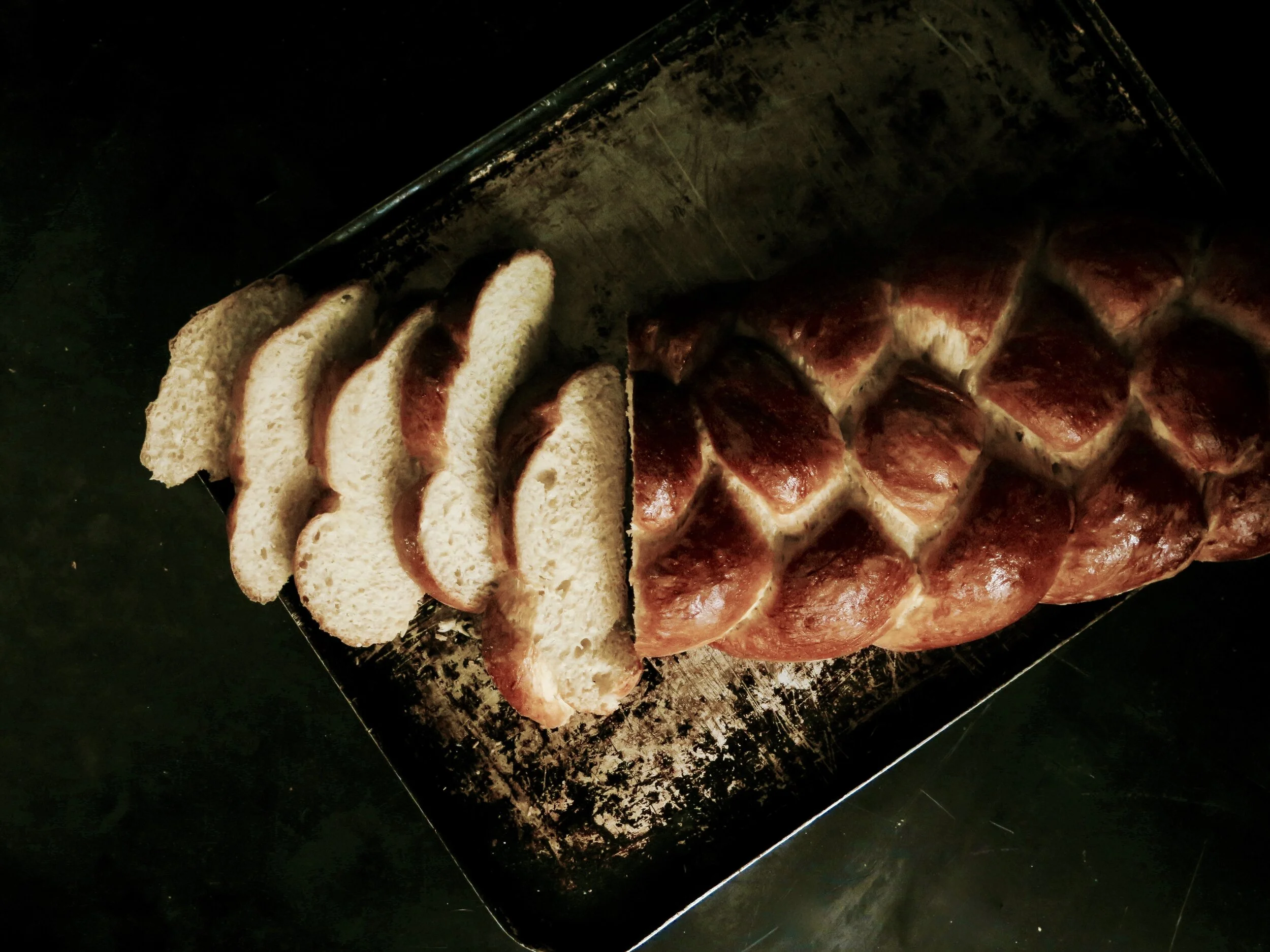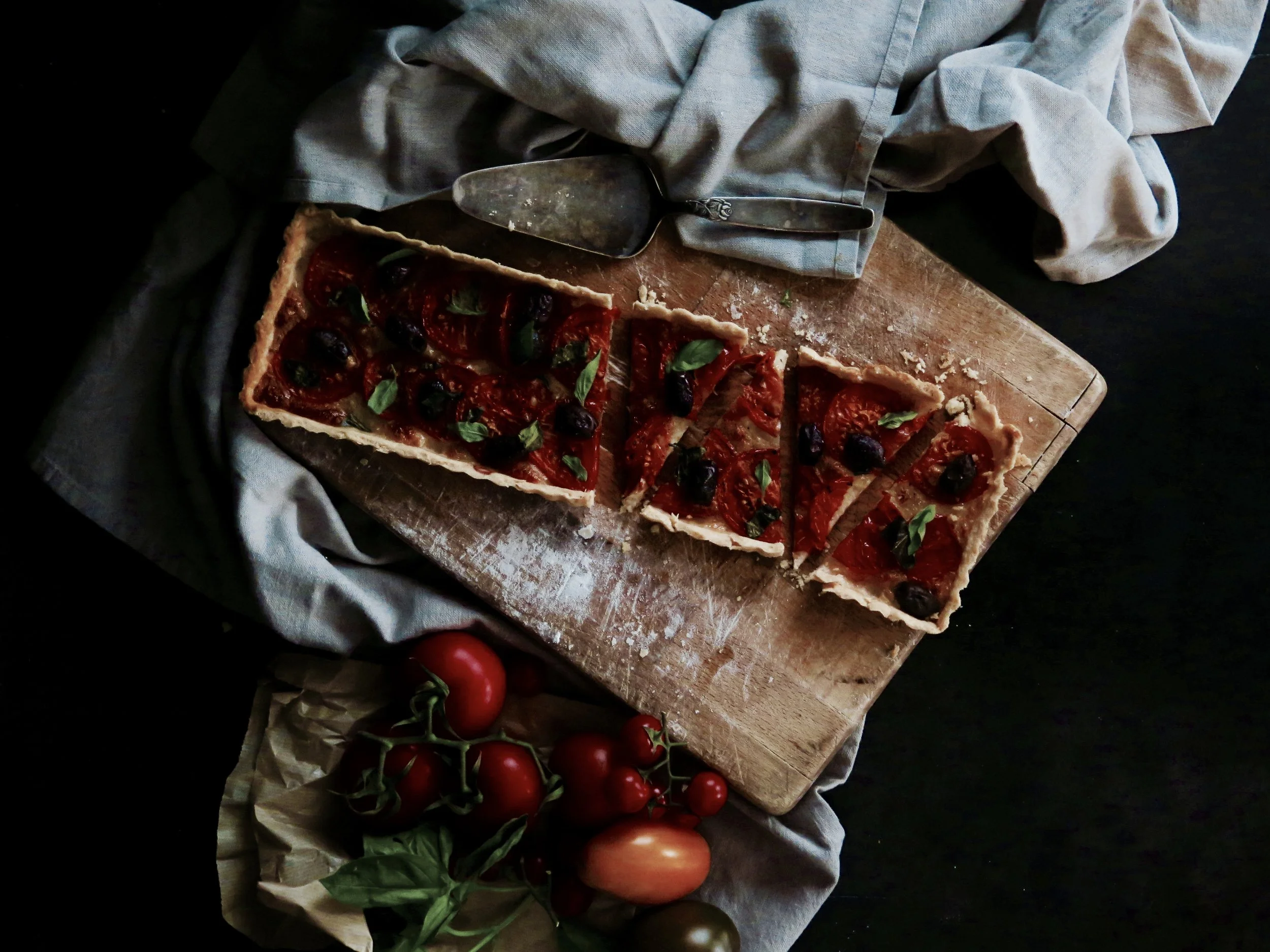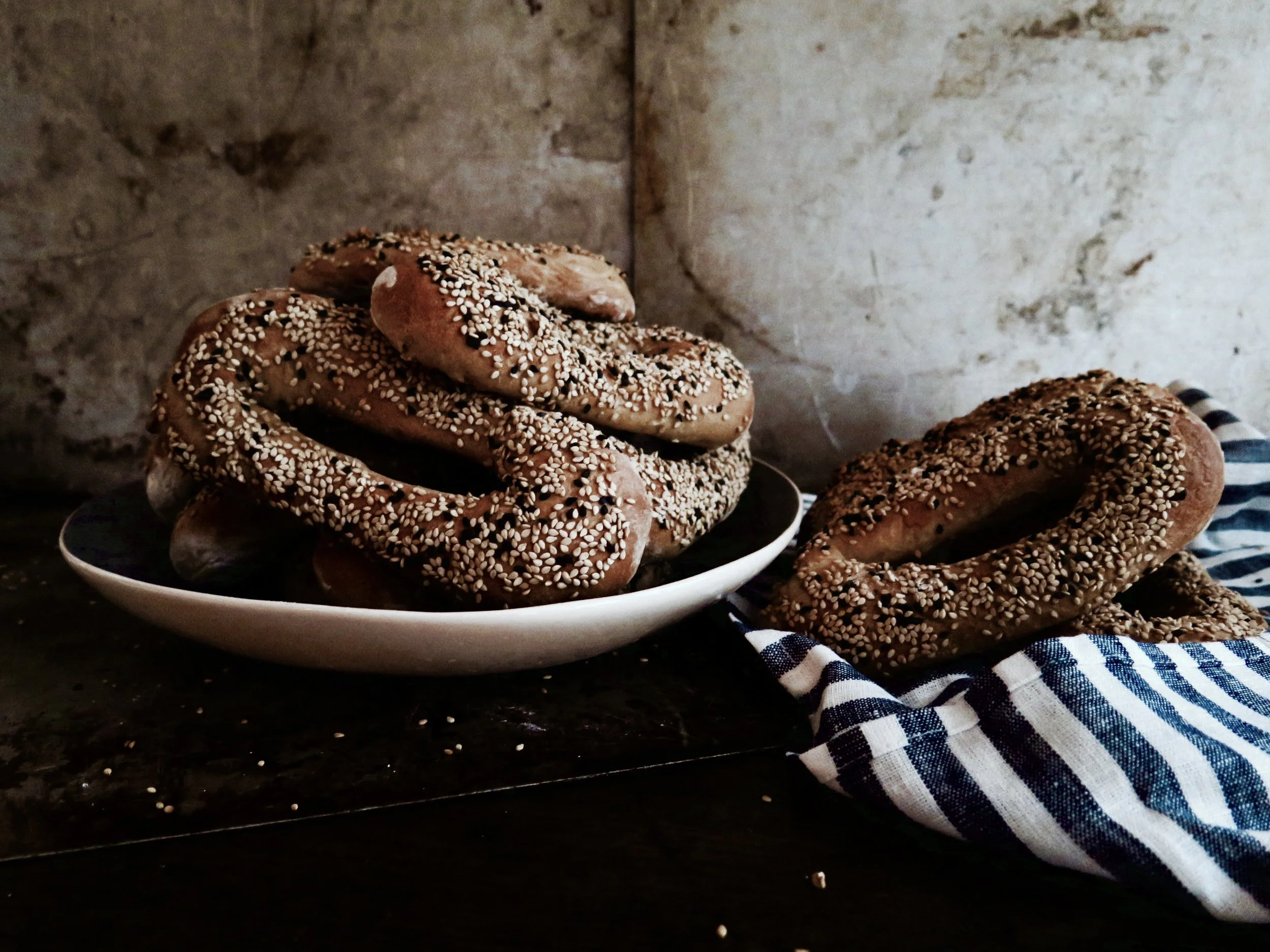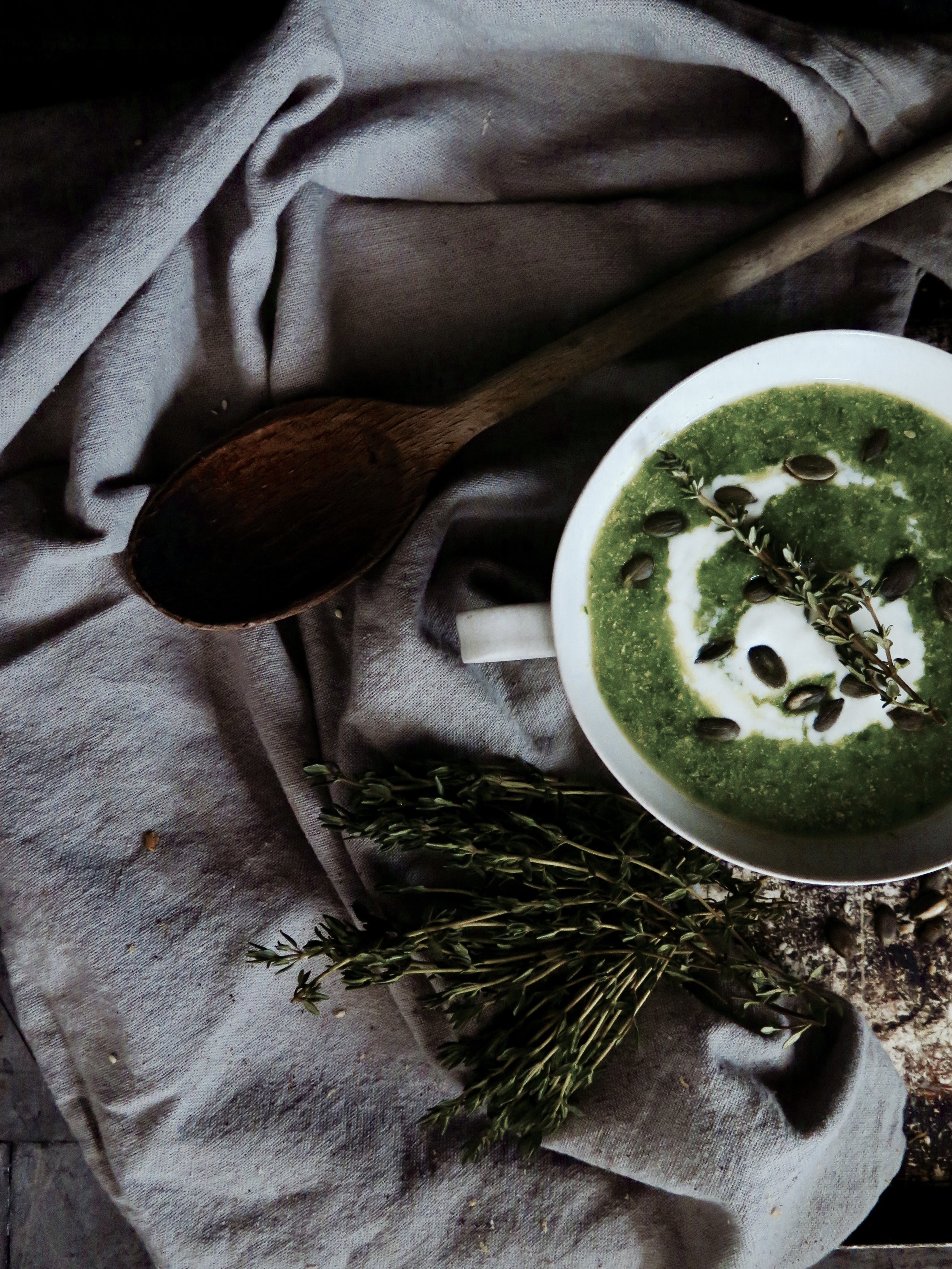This is basically a brioche without the effort – all you do is mix everything together, knead a little bit (great for taking out tension), punch it (great for relieving stress), let it rise, then bake and devour. It’s also less eggy (a taste which I find unpleasantly pervasive in most brioches). It’s subtly sweet, too (which makes it excellent toasted and spread with butter), and it is obscenely fluffy and tender: almost like a panettone in its addictive, cloud-like nature.
It can be made into rolls, or a loaf, or a plait. You can even use this as the basis for cinnamon swirls: after the first rise, roll the dough out into a 1cm thick rectangle, brush it with melted butter, and sprinkle with sugar, cinnamon and some kind of chopped nut (if you’re feeling daring), then roll up into a log, slice into swirls and bake cut side up in muffin tins, or arranged tightly packed in a circular cake tin.
Fluffy milk bread
Makes 2 large loaves (halve the recipe if you just want one)
Ingredients
80g fresh yeast (or 40g dry yeast)
100g caster sugar
400ml milk (I use plant milk), warmed slightly (to just above body temp)
2 eggs
200g unsalted butter, at room temperature, roughly chopped into small cubes
2 tsp salt
1 kg strong white flour (or white spelt)
50ml maple syrup or 1 egg, beaten to glaze
Baking sheet, or loaf tin, lined with baking parchment (or muffin tins/cake tin greased and floured)
Method
1) If using fresh yeast, in a large bowl cream together the yeast and sugar until it turns liquid, then stir in the lukewarm milk. If using dry yeast, in a large bowl mix together the dry yeast, caster sugar and warmed milk, and set aside to activate for five minutes.
2) Whisk the eggs into the mixture, then add the butter, followed by flour and salt. If using a stand mixer fitted with a dough hook, knead the mixture at a low speed for 5-7 minutes or until it comes together into a soft and shiny dough. I like to take it out of the mixer towards the end and knead it by hand on a lightly floured surface until it is perfectly smooth. If doing this by hand, stir the mixture until it comes together into a dough. Then deliver it on to a lightly floured surface and knead for 5-7 minutes or until smooth. Cover with a cloth or cling film, and set aside in a (ideally) warm place for an hour or until doubled in size.
3) Punch the risen dough down (my favourite part), and divide in two (to make two loaves).
4) You can do a normal 3-strand plait but I prefer a 4-strand. To do this, divide the dough into 4 pieces. Roll each out into a thin log about 3cm in diameter. Then pinch them together at one end and, taking the left strand, weave it over and under and over the other strands. Repeat with the next strand and the next as if you are weaving them together. When you reach the end, pinch the stands together and tuck the pinched bit under to hide it. Lift on to the baking tray and repeat with the other half of the dough. Leave to rise once more for 30 minutes until almost doubled in size.
5) Preheat the oven to 200°C. Once the loaves have risen, brush them gently with maple syrup or a beaten egg and place them in the oven to bake for 12-17 minutes (checking after 12) until they are burnished and are cooked all the way through (you can test this by tapping the base of the bread to see if it sounds hollow).
6) Remove from the oven, and place on a rack to cool, then devour.












